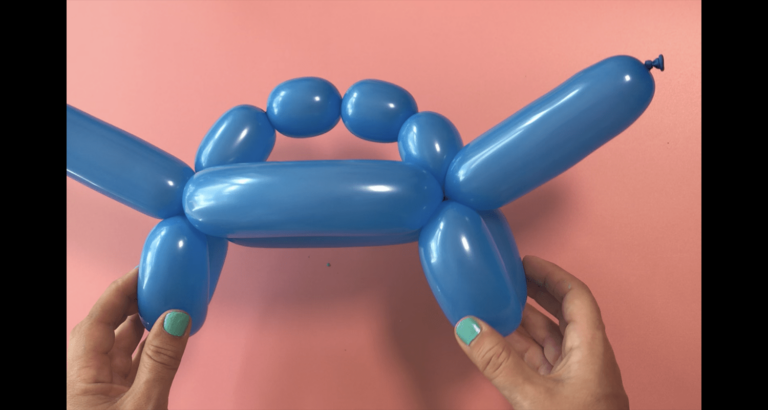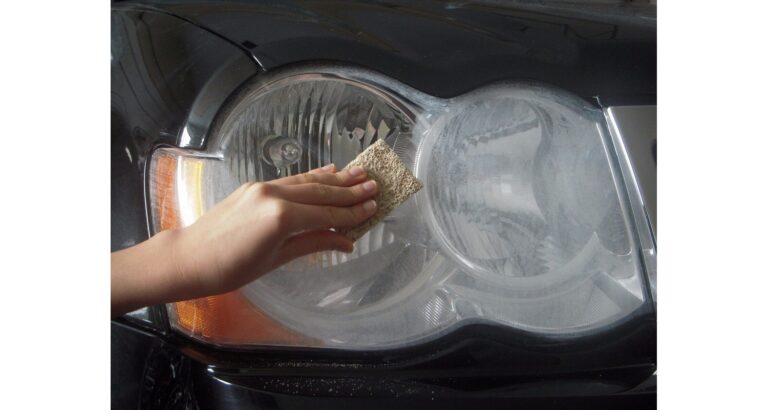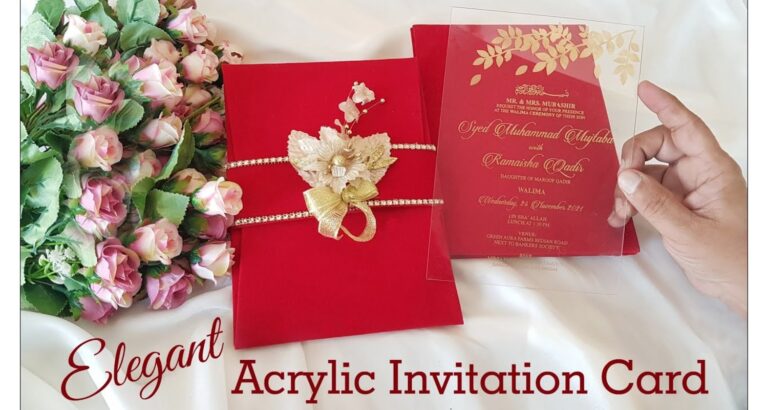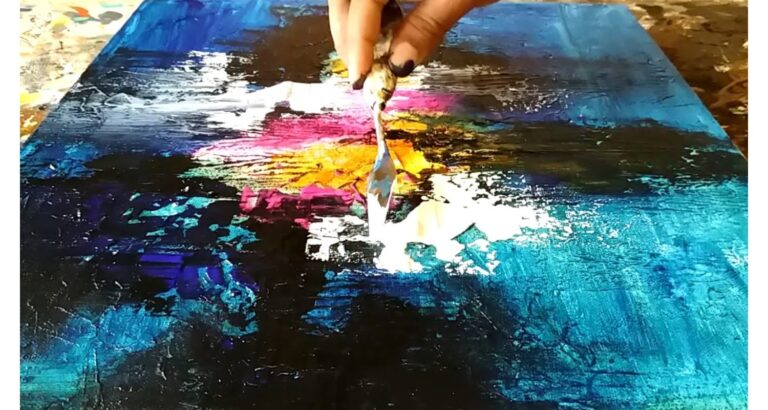Ever felt the urge to unleash your creativity but didn’t know where to start? Collage art is your answer, blending imagination and memories into a masterpiece. This guide dives deep, unraveling the mystery of creating stunning collages that speak volumes. Ready to transform ordinary into extraordinary? Let’s embark on this artistic journey.
To make collage art, select a variety of materials like paper, photos, and textiles. Arrange them on a sturdy surface with glue. Experiment with layers and textures to bring your vision to life.
Also read: How To Make Foam Armor: Simple Steps
Key Supplies and Tools for Collage Art
Diving into collage art, you need the right tools and supplies.
- First up, glue. A classic glue stick is a must-have. It’s easy to use and mess-free. For more durability, consider bookbinding glue. It’s strong and acid-free, perfect for lasting art pieces.

- Don’t forget a craft knife. An X-Acto knife offers precision cuts, a game-changer for intricate designs. Pair it with a self-healing cutting mat to protect your surfaces.
- Optional but useful are paints and an acrylic matte medium. Paints add color, while the matte medium serves dual purposes: adhesive and primer.
- Remember, the choice of base matters too. Canvases or watercolor paper, pick based on what you’ll do with your art. Heavy materials? Plywood might be your base.
- Each tool and supply opens a new door in collage art. With these essentials, you’re ready to start creating. Embrace experimentation and let your creativity flow.
Collage Art Techniques to Try
Collage art, an expansive medium, beckons artists to experiment with various techniques, blending textures, materials, and narratives into cohesive pieces. Here are some innovative approaches to try:
Paint Your Own Paper
Customize the palette of your collage by painting your own papers. This allows for complete control over the color scheme and texture, ensuring your collage is truly one-of-a-kind. Consider the method of layering watercolors or acrylics for an added dimension.
Experiment with Photo Collage
Dive into the world of visual storytelling by combining photographs in unexpected ways. This can involve mixing vintage and contemporary images, or juxtaposing landscapes with portraits to create engaging narratives or abstract compositions.
Mix and Match Materials
Collage isn’t limited to paper. Explore the inclusion of fabric, metal, wood, and found objects. Each material brings its own texture and weight, adding depth and intrigue to your artwork.
Incorporate Text
Text can add a powerful narrative element to your collage. Use cut-out letters from magazines, handwritten notes, or printed text to introduce words or phrases that complement the visual elements of your piece.
Layer for Depth
Build your collage in layers, starting with a background and gradually adding elements. This technique allows for complexity and richness, as each layer interacts with the ones below it in interesting ways.
Tearing and Cutting
Beyond the precise cuts of scissors or a craft knife, tearing paper or materials introduces a raw, organic edge to your work, adding texture and a sense of spontaneity.
Digital Collage
With technology at your fingertips, consider blending traditional collage techniques with digital elements. This could involve scanning your work and manipulating it in software like Photoshop, or incorporating digital images into your physical collage.
Assemblage
Push the boundaries of collage into the third dimension by arranging objects in a box frame or on a canvas. This method allows for a sculptural approach, where the shadows and depth play a significant role in the artwork’s impact.
These techniques serve as a starting point for your exploration into collage art. The key is to experiment and find what resonates with your creative vision. Remember, there are no rules in art, only opportunities for expression and discovery.
Also read: Easy Cat Craft Ideas For Creative Fun At Home
Collage Art Techniques to Try
Embarking on the journey of collage art opens up a world where creativity knows no bounds. This form of art allows you to weave together disparate elements into a cohesive whole, telling stories and evoking emotions through the layering of materials. Here are some techniques to explore that will elevate your collage art to new heights:
Layering for Depth and Dimension
Dive deep into the art of layering. Begin with a background of textured paper or fabric, and progressively add elements such as photographs, magazine cutouts, or hand-painted papers. Each layer should add a new dimension, creating a sense of depth that draws the viewer into your artwork. Think of it as constructing a visual narrative, where each layer contributes to the overall story.
Mixing Media for Textural Contrast
Don’t shy away from mixing different media. Combining various textures and materials can create intriguing contrasts. Incorporate elements like metal foil, lace, or even natural objects like leaves and twigs. The juxtaposition of these materials against traditional paper elements can produce a tactile experience that invites touch as well as sight.
Personalization with Hand-Painted Elements
Paint your own papers or embellishments to add a personal touch to your collages. Using watercolors, acrylics, or inks, you can create backgrounds and elements that are uniquely yours. This not only gives you complete control over the color palette but also adds a layer of originality and personal expression to your work.
Incorporating Found Objects
Found objects can transform a collage, adding unexpected and often thought-provoking elements. Look for items that hold personal significance or that contribute to the narrative of your piece. This could be anything from vintage stamps, old letters, ticket stubs, or even small trinkets. These objects add a three-dimensional aspect and can create a connection between the artwork and the viewer.
Exploring Photomontage
Photomontage, a technique that involves combining several photographs to create a new image, can add a surreal or abstract element to your collages. This technique allows for the exploration of scale, perspective, and juxtaposition, creating compelling and often dreamlike imagery.
Experimenting with Digital Techniques
Incorporating digital techniques into traditional collage art can open up new possibilities. Whether it’s digitally altering images before printing them out or using software to arrange elements before transferring them to a physical medium, the digital realm offers tools to push the boundaries of collage art.
Textural Play with Embossing and Debossing
Experiment with embossing and debossing to add subtle texture and visual interest to your collages. These techniques can be applied to paper elements before they are added to the collage, creating a play of light and shadow that adds complexity to the piece.
By exploring these techniques, you’re not just making art; you’re embarking on a journey of discovery, where each piece reflects a facet of your creativity. Remember, the beauty of collage art lies in its diversity and the endless possibilities it offers for expression and exploration.
Also read: How To Dispose Of Craft Paint: A Step-By-Step Guide
Conclusion
Collage art stands as a testament to the boundless creativity and personal expression that art allows. It’s a journey that melds memories, dreams, and the tangible bits of our lives into visual narratives that speak volumes. By experimenting with the techniques discussed, artists can explore new dimensions of creativity and bring their unique visions to life. Remember, each piece is a reflection of your journey, your emotions, and your perspective on the world. So, gather your materials, unleash your imagination, and embark on the rewarding path of collage art, where every creation is a discovery of self and artistry.
FAQ’s
1. What basic materials do I need for collage art?
To start with collage art, you'll need paper, scissors, glue, and a base like canvas or cardboard. Explore with textures and colors for creative expression.
2. Can digital tools be used in making collage art?
Yes, digital tools offer endless possibilities for textures, effects, and layering in collage art, blending traditional techniques with modern creativity.
3. How do I choose images for my collage?
Select images that resonate with your theme or emotion. Mixing various sizes and colors adds depth and interest to your collage art.
4. What's the best way to layer materials in a collage?
Start with larger backgrounds, adding smaller elements for detail. Experiment with textures and materials for dynamic visual art compositions.
5. How can I make my collage art durable?
Use quality adhesives and consider sealing your artwork with a protective coat to enhance longevity and protect against fading.

I am Sammy and I blog at Live it. Love it. Make it. It is creative lifestyle blog run by best friends H and Sammy. Head over and follow our crafty adventures!






